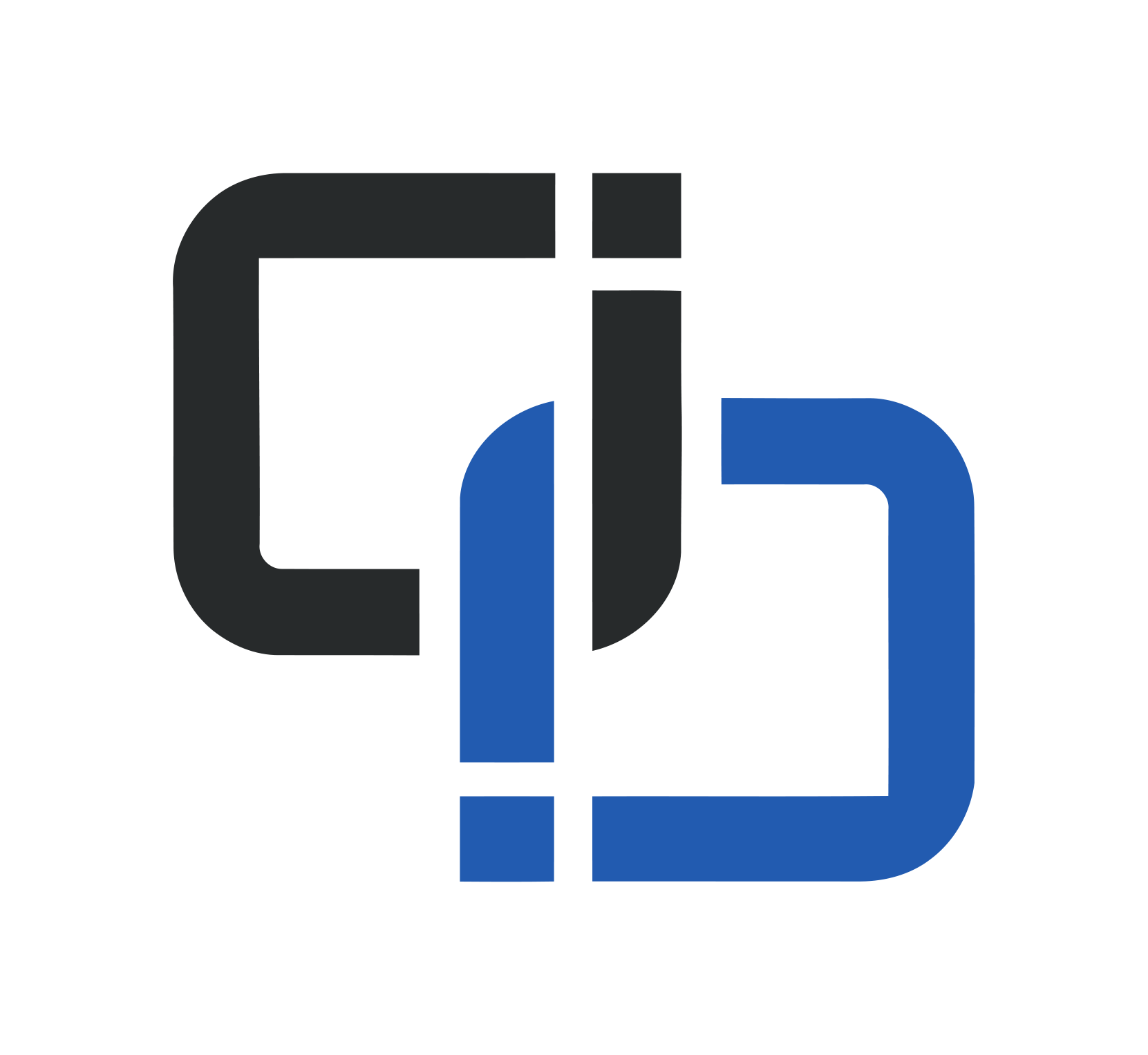Changes for page Toolbox Basics
Last modified by Alexander Mott on 2025/10/30 17:23
From version 31.1
edited by Alexander Mott
on 2023/02/08 22:24
on 2023/02/08 22:24
Change comment:
There is no comment for this version
To version 34.1
edited by Alexander Mott
on 2023/03/28 14:37
on 2023/03/28 14:37
Change comment:
There is no comment for this version
Summary
-
Page properties (1 modified, 0 added, 0 removed)
-
Attachments (0 modified, 2 added, 0 removed)
Details
- Page properties
-
- Content
-
... ... @@ -120,8 +120,49 @@ 120 120 1*. If the device has just recently powered up, it may take a few minutes to completely wake up before it can be connected to 121 121 1*. If you have issues connecting, see [[Troubleshooting a Failed Connection>>doc:SHOWRUNNER™ Setup Guide.SHOWRUNNER™ Installation Guide.Preparation.Toolbox Basics.WebHome||anchor="HTroubleshootingaFailedConnection"]] below 122 122 123 -== Device Discovery Tool and Address Book==123 +== Device Discovery Tool == 124 124 125 +Crestron's Device Discovery Tool is used to "discover" any Crestron devices which are connected to your laptop. The most useful feature of the Device Discovery Tool is the ability to export all discovered devices to either a "Device Summary" text file or an Address Book. Discovered devices are listed in a scrollable list on the left side of the menu, and double clicking a discovered device will bring up additional configuration options on the right side. Below is an overview of the Device Discovery Tool UI: 126 + 127 + 128 +[[image:device discovery tool numbered.png]] 129 + 130 +1. Device Model - gives the specific model of the device type 131 +1. Device Type - gives an idea of what function the device serves ("Control System", "AV", "Lighting", etc.) 132 +1. Connection and Firmware Information 133 +1*. Ethernet connected devices give their hostname, IP address, and firmware version 134 +1*. USB connected devices give their hostname, serial number, and firmware version 135 +1. Discovery Summary - gives a summary of how long it took to discover devices and how many devices were discovered at each connection type 136 +1. Discover Devices button - press this to restart the discovery process 137 +1. Export... button - use this button to export discovered devices to either a Device Summary or Address Book (covered in more detail below) 138 + 139 +=== Export to Device Summary === 140 + 141 +The Device Summary is an important documentation tool provided by Crestron. It is a .txt file containing a comma-separated-values of all networked devices, and is useful to capture which devices are online, what their current IP and hostname settings are, what version of firmware they are on, and their MAC address and serial number. 142 + 143 +To generate a Device Summary in Toolbox: 144 + 145 +1. Connect to the lighting network and open Device Discovery Tool in Toolbox 146 +1. The Device Discovery tool will automatically report how many Ethernet devices have been discovered 147 +1. Verify that the expected number of Ethernet devices have been discovered, including any TSWs, GLPACs, DIN-CENCN-2s, etc. 148 +1*. Note that only Crestron devices will appear in Device Discovery; non-Crestron devices (such as Pharos or Enttec DMX controllers) will not appear in Device Discovery Tool 149 +1*. If no devices are discovered, verify that your computer is connected to the network and your IP address is compatible with the network 150 +1*. If some devices are missing, there may be an issue with your DHCP server settings or the network wiring 151 +1. Click the "Export..." button below the list of discovered devices 152 +1*. If this button says "Address Book", then Toolbox needs to be updated 153 +1. Click the Write Device Summary button and save the Device Summary to your computer 154 +1*. Though saved as a text file, the Device Summary is actually a table of comma separated values 155 +1*. Renaming DeviceSummary.txt to DeviceSummary.csv will allow it to be opened and manipulated in common spreadsheet software such as Microsoft Excel or LibreOffice Calc 156 + 157 +Below is an example of a Device Summary for a fully-configured Zūm Wired job: 158 + 159 +* DeviceSummary.txt: 160 +[[image:https://wiki.chiefintegrations.com/download/SHOWRUNNER%E2%84%A2%20Setup%20Guide/SHOWRUNNER%E2%84%A2%20Installation%20Guide/SHOWRUNNER%E2%84%A2%20Installation%20and%20Network%20Setup/ZUMNET-JBOX%20Setup/WebHome/1655487020590-542.png?rev=1.1||alt="1655487020590-542.png"]] 161 +* DeviceSummary.csv: 162 +[[image:https://wiki.chiefintegrations.com/download/SHOWRUNNER%E2%84%A2%20Setup%20Guide/SHOWRUNNER%E2%84%A2%20Installation%20Guide/SHOWRUNNER%E2%84%A2%20Installation%20and%20Network%20Setup/ZUMNET-JBOX%20Setup/WebHome/1655487132138-904.png?rev=1.1||alt="1655487132138-904.png"]] 163 + 164 +=== Export to Address Book === 165 + 125 125 Address Books are useful ways of managing multiple jobs that each have many devices. 126 126 127 127 == Troubleshooting a Failed Connection == ... ... @@ -138,10 +138,8 @@ 138 138 139 139 == Network Device Tree View == 140 140 141 -= Toolbox Quirks =182 += Miscellaneous = 142 142 143 -Toolbox has some unique quirks that can sometimes cause issues. 144 - 145 145 == VPT COM Server == 146 146 147 147 Whenever Toolbox is open, Toolbox also starts a separate process called the Crestron Toolbox VPT COM server. This process appears in the system tray with the following icon when active: [[image:1663630447432-699.png]]
- device discovery tool numbered.png
-
- Author
-
... ... @@ -1,0 +1,1 @@ 1 +XWiki.alexander\.mott@chiefintegrations\.com - Size
-
... ... @@ -1,0 +1,1 @@ 1 +190.2 KB - Content
- device discovery tool.png
-
- Author
-
... ... @@ -1,0 +1,1 @@ 1 +XWiki.alexander\.mott@chiefintegrations\.com - Size
-
... ... @@ -1,0 +1,1 @@ 1 +190.7 KB - Content
